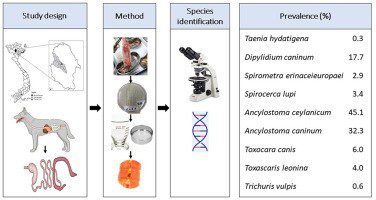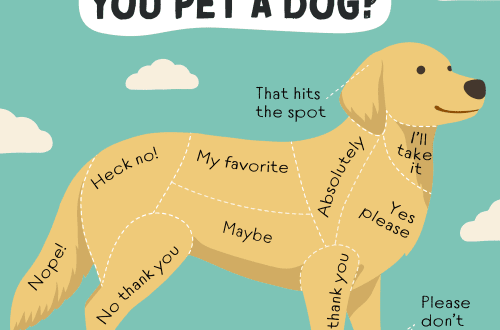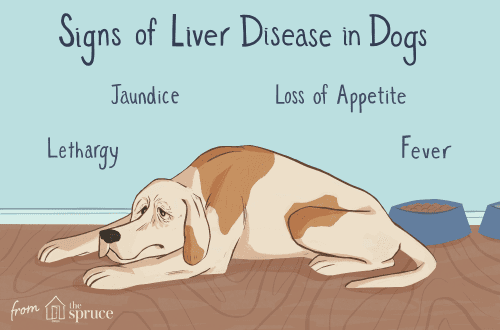
په سپیو کې هیلمینتیاز
Around infection with helminths (in simple terms, worms) there are many myths. One of them: a person can become infected through direct contact, and nothing else. However, helminths are not chickenpox. What is helminthiasis, how does infection occur, why is it dangerous and how to avoid misfortune? Let’s try to figure it out.
کړی
What is helminthiasis in dogs?
Helminthiasis is a disease caused by helminths (parasitic worms). A person, an animal, and even a plant can get sick. Zooatropohelminthiases are helminthiases that can affect both people and animals. Helminths go through several stages of their life path and at the same time change their “hosts” (that is, the organisms by which they feed and live). There is a permanent host – a sexually mature helminth lives in it, there is an intermediate host – where the helminth develops at the larval stage, and there is also an additional one – the second intermediate host. In addition to the need to “settle” in different hosts, helminths need a certain environmental condition (temperature, humidity) and incubation time during which the egg or larvae mature. As a rule, a person becomes infected by contact with the animal habitat. But sometimes it is possible to infect with helminth eggs directly from the hair of dogs. Most helminthiases occur in dogs chronically, sometimes asymptomatically, which complicates diagnosis. There are helminthiases that people can get from dogs.
ايچينوکوکسيسېس
The causative agent is the tapeworm Echinococcus granulosus. The adult worm parasitizes in the small intestine of dogs, but the larva can also live in humans. Dogs become infected by ingesting food or water containing parasite eggs or segments. Also, infection occurs by eating the organs of other animals infected with echinococcosis blisters. The mass spread of the disease is associated with the lack of sanitary standards in the production of meat. A person can become infected both by direct contact with an infected dog, and by eating fruits and vegetables contaminated with eggs of this helminth. Symptoms in dogs: emaciation, constipation, diarrhea, perversion and loss of appetite. As for people, echinococcosis can cause mental and physical development, lower the body’s resistance, disrupt the ability to work. Symptoms depend on the location of the helminths (the liver and lungs are most often affected). Pain, anemia, ascites, liver enlargement, icterus, cough with sputum, shortness of breath, even blindness and paralysis of the limbs can be observed. In children, the disease is especially severe. With complications associated with the ingestion of fluid from the echinococcosis bladder (with rupture), anaphylactic shock may occur. Treatment involves taking drugs prescribed by a doctor. Immunity is unstable, re-infection is possible.
ALVEOCOCCOZIS
The causative agent is the tapeworm Alveococcus multilocaris. Parasitic in the small intestine of dogs. In the larval stage, it can live in a person. The eggs are very stable in the external environment – they can survive under the snow. A person becomes infected by swallowing the eggs. Helminth in the human body develops for several years. Dogs become infected by eating infected rodents. As a rule, shepherd, hunting and sled dogs become the source of infection for people. Infection occurs through unwashed hands through direct contact with a dog whose coat is contaminated with helminth eggs. You can also become infected if you eat wild berries or drink water from a reservoir in the habitats of wolves, arctic foxes or foxes. The liver is most often affected, but metastases in the brain, spleen, kidneys, lungs and lymph nodes are possible. By the nature of development and the ability to metastasize, alveococcosis is compared with a malignant tumor. A protracted process may be incompatible with the patient’s life. Immunity is unstable, but repeated invasions are not described.
DIPYLIDIOSIS
The causative agent is the tapeworm Dipylidium caninum. Both dogs and humans get sick. This helminth lives in the small intestine. Intermediate hosts can be dog and human fleas and dog lice. A dog can become infected at any time of the year. The treatment of dogs is complex: taking anthelmintic drugs is supplemented by the destruction of lice and fleas, disinsection of animal habitats. If we talk about a person, then young children (up to 8 years old) suffer mainly. Infection is possible by accidental ingestion of fleas or through flea bites. Symptoms in humans: nausea, vomiting, abdominal pain, salivation, diarrhea, allergic reactions, perianal itching, dizziness, fatigue, blanching of the mucous membranes and skin, weight loss, anemia.
TOXOCAROZ
The causative agent is Toxocara canis nematodes, parasitic in dogs. These helminths live in the small intestine, sometimes in the pancreas and in the bile ducts of the liver. Some of the larvae migrate to other organs (kidneys, muscles, lungs, liver, and others), but do not develop there. The eggs are resistant to adverse environmental conditions and are perfectly preserved in the soil. Dogs can become infected by hunting rodents. A person usually becomes infected through unwashed hands, through direct contact with dogs, in which worm eggs can be found on the muzzle, on the coat and in saliva. Children become infected by playing in sand contaminated with animal feces. Symptoms in dogs: appetite perversion, lethargy, vomiting, constipation, diarrhea, emaciation, pallor of mucous membranes. If the larva migrates through the lungs, pneumonia can develop. Symptoms in humans depend on the site of the lesion. If it is lungs, there is pneumonia, cyanosis, shortness of breath, persistent dry cough. If the liver is affected, then it increases and thickens, while the pain may not be very strong, skin rashes, anemia are possible. If the nervous system is affected, paralysis, paresis, and epileptiform seizures can occur. In humans, these helminths live only at the larval stage, so they cannot infect others.
DIROFILARIOSIS
The causative agent is nematodes of the Filariidae family. As a rule, they parasitize in the right ventricle of the heart or in the cavity of the pulmonary artery, but they can (in case of severe invasion) “populate” other arteries, vena cava and the right atrium. They are also found in the subcutaneous tissue of dogs, in the brain, eyes, abdominal cavity, and spinal cord. Infection is possible through mosquito bites. There are cases of infection through the bites of fleas, lice, horseflies or ticks. The risk group includes gardeners, hunters, fishermen, tourists, fish farm workers, animal owners, as well as people living near swamps, lakes and rivers. Symptoms in humans: weight loss, weakness, fatigue, allergies. Dry cough, wheezing in the lungs, shortness of breath, cyanosis of the skin, fever may occur. A complication can be kidney or liver failure.
Prevention of infection with helminths
First of all, it is necessary to observe the elementary rules of hygiene: wash your hands after communicating with the dog, treat the dog in time with preparations for the prevention of helminthiasis. Carefully monitor the cleanliness of children’s hands. Do not abuse raw fish – it often contains tapeworm eggs. Only heat treatment destroys them. Fans of barbecue and steaks should also be careful: helminth eggs often live in poorly cooked and raw meat. Thoroughly wash wild berries, as well as fruits and vegetables, especially exotic ones. Preferably bottled water. Walk barefoot on the beach with extreme caution – nematodes can ambush in the sand. At least twice a week, wet clean the nursery. At the same time, soft toys are vacuumed, plastic ones are washed in soapy water. You can drink it twice a year.





